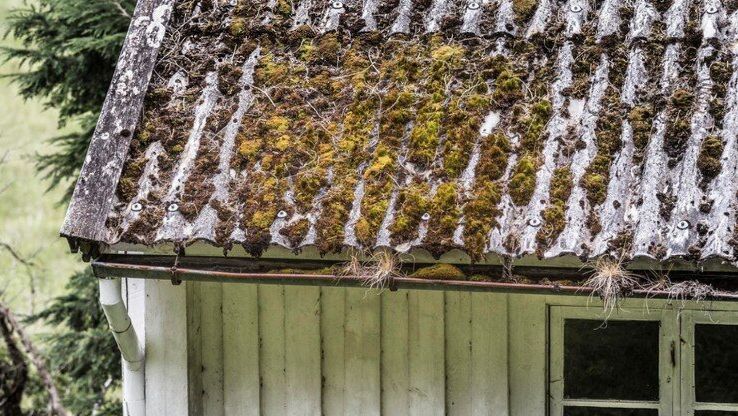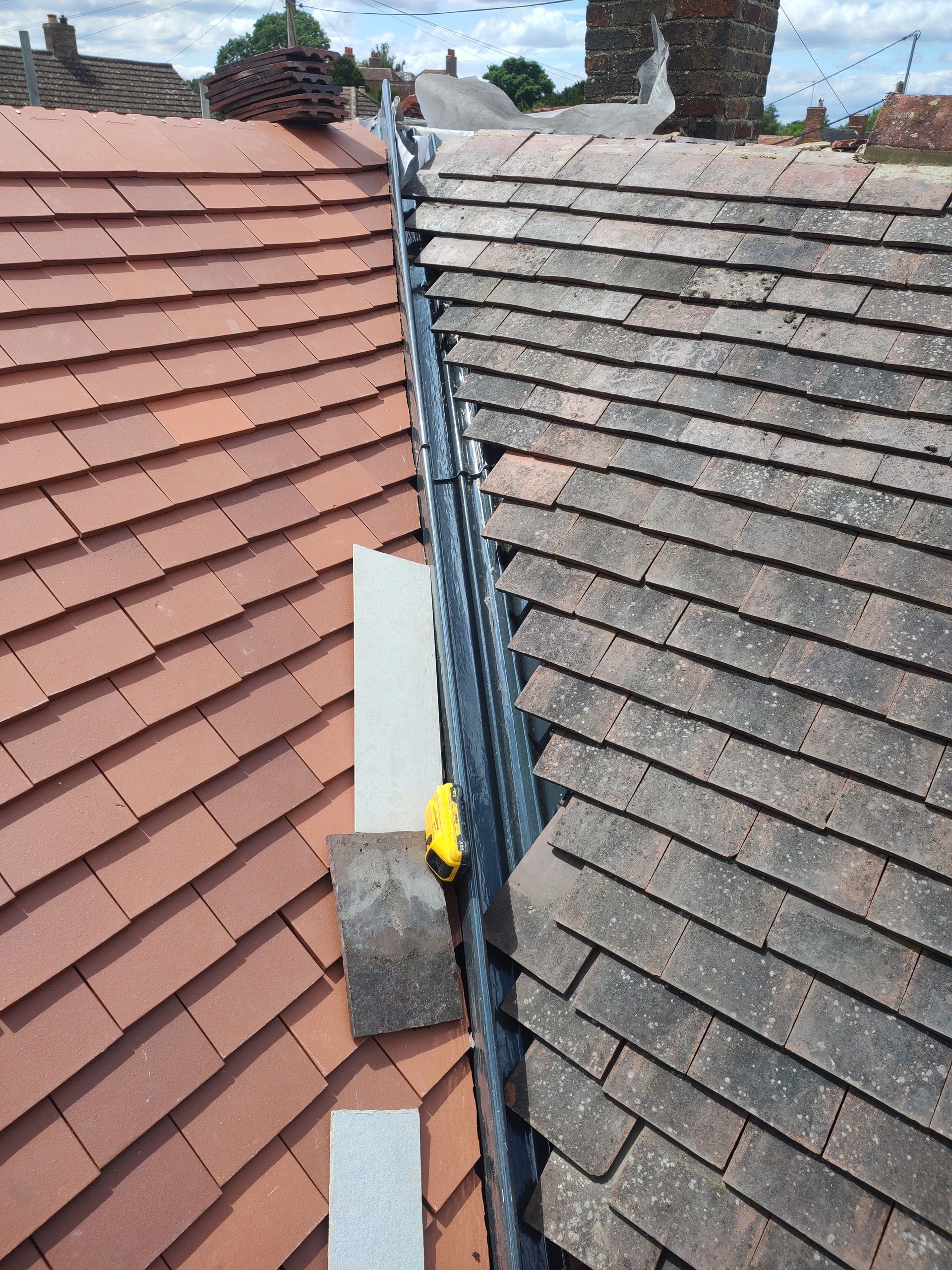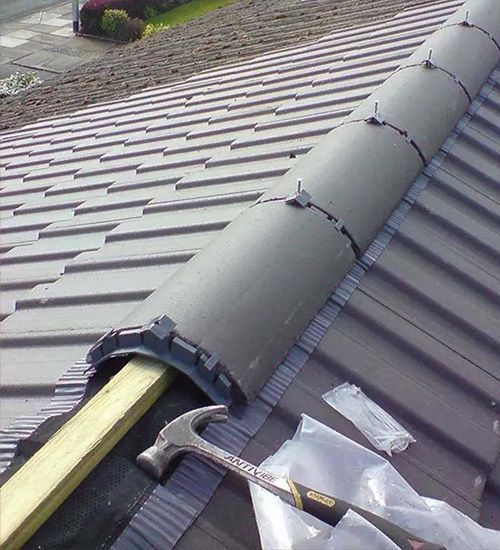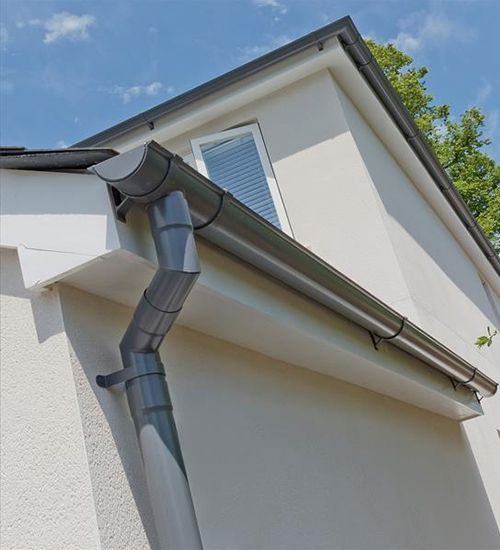How Spring Weather Affects Your Roof: What You Need to Know
With the arrival of spring comes a mix of weather patterns across the UK, ranging from soft sunshine to relentless rainstorms and fluctuating temperatures. While the season often brings a welcome reprieve from the harsh cold of winter, it can also pose unique challenges to the health of your roof. For homeowners, understanding how spring weather changes can impact your roof is essential to preventing costly damage and avoiding surprises later in the year.
In this guide, we’ll explore how spring conditions affect your roof, provide valuable maintenance tips, and highlight why a professional roofing service like
M&C Roofing and Building can be your go-to solution for a reliable and stress-free home.
Common Spring Weather Conditions in the UK
Spring weather in the UK is famously unpredictable. One moment, you’re basking in pleasant sunshine; the next, you’re battling gusty winds or thunderstorms. Here are some typical spring phenomena and why they matter for your roof:
- Heavy rainfall: Rain often lasts well into spring, contributing to potential water intrusion issues.
- Fluctuating temperatures: Frequent shifts between warm and cold temperatures cause natural expansion and contraction of roofing materials.
- High winds: Especially in early spring, winds can displace roof tiles or loosen gutter attachments.
- Increased humidity and sunlight: These help moss, algae, or lichen grow on damp roof surfaces, leading to long-term issues.
While these weather elements may seem insignificant individually, their cumulative impact can be considerable if left unchecked.
“The shift from winter to spring can put your roof to the test — with sudden downpours, gusty winds, and temperature swings all working together to expose weak spots. Regular inspections this season can make all the difference.”
How Spring Weather Impacts Your Roof
Heavy Rainfall and Water Damage
The famously damp British spring demands extra vigilance against water penetration. Consistent rainfall can seep into small cracks or defective seals in your roof. Over time, this may lead to:
- Damp ceilings and water stains inside your home.
- Structural wood rot in the roof decking.
- Mold and mildew growth, introducing potential health concerns.
Having well-maintained
flashing, gutters, and seals is crucial to handling the extra moisture that spring brings efficiently.

Fluctuating Temperatures and Expansion
Spring's warmer afternoons often follow crisp, chilly mornings. These temperature shifts cause roofing materials such as tiles and mortar to expand and contract. Over time, this natural movement can result in:
- Cracks in roof tiles expose the underlying structure to water ingress.
- Loose or dislodged pointing on ridge tiles and chimneys.
Regular inspections are vital to spotting these subtle but damaging cracks early in the season.
Strong Winds and Storm Damage
Spring winds can be just as fierce as winter gusts, capable of wreaking havoc on roofing structures. High winds may:
- Dislodge tiles, leaving your roof vulnerable to water damage.
- Pull at guttering systems, potentially leading to blocked water flow.
- Rip the underlay or cause flashing to loosen.
A professional roofing service can reinforce or
replace any wind-damaged sections to keep your roof resilient.
“Even a few missing tiles or loose flashing after strong winds can lead to serious leaks if ignored. Prompt professional attention ensures your roof stays secure and weatherproof through every storm.”
Moss and Algae Growth
Higher humidity levels in spring, combined with prolonged dampness, create the perfect breeding ground for moss and algae on roofs. While it may seem harmless, moss growth can lead to:
- Retained moisture can degrade the roof surface over time.
- Blocked water flow in gutters, causing overflow.
- Lifting of roof tiles, making them prone to leaks.
Cleaning and moss removal are the most effective ways to
extend your roof's longevity.

Spotting Signs of Spring Roof Damage
Spotting roof damage early in spring can save significant repair costs in the long run. Here are the common warning signs to look out for:
- Water stains or signs of dampness in your loft or ceiling.
- Missing or cracked tiles visible from the ground.
- Overflowing or sagging gutters due to blockages.
- Fortuitous growth of moss or lichen on your roof surface.
- Increased drafts or temperature imbalances indoors, indicating insulation issues.
If any of these signs sound familiar, it's time to call in the experts for a professional inspection.
"By failing to prepare, you are preparing to fail." - Benjamin Franklin
Preventative Maintenance Tips for Spring
Staying proactive with your roof's upkeep can save you both money and stress. Here are some tips to keep your roof in tip-top shape this spring:
1. Clean Your Gutters: Clear out leaves and debris to ensure effective water flow during spring rains.
2. Schedule an Inspection: A professional roofing check can help identify damage caused by winter weather and address problems before they escalate.
3. Repair Tiles and Flashing: Fix loose or broken tiles/flashings to prevent wind from causing more extensive damage.
4. Treat Moss Growth: Consider applying roof treatments to stop moss build-up. Avoid pressure washing, which can damage tiles.
5. Trim Overhanging Trees: Prevent branches from scratching or falling onto your roof in high winds.
By acting early, you’ll help safeguard your roof against the more severe storms of summer and autumn.

How M&C Roofing and Building Can Help
At M&C Roofing and Building, we specialise in protecting your home from the challenges that spring weather brings. Our wide range of roofing services is tailored to meet the unique demands of UK-based properties. We offer:
- Professional Roof Inspections: Our trained specialists can identify vulnerabilities, whether it’s a loose tile, damaged flashing, or clogged gutter system.
- Repairs and Maintenance: From cracked tiles to sagging gutters, we’ll restore your roof quickly and reliably.
- Moss and Algae Removal: Protect your roof’s surface with our eco-friendly cleaning solutions that safely remove biological growth.
- Full-Service Gutter Cleaning: Ensure rainwater has a safe path away from your property with our complete gutter maintenance services.
Investing in professional care today not only extends the life of your roof but also gives you peace of mind as the seasons change.












